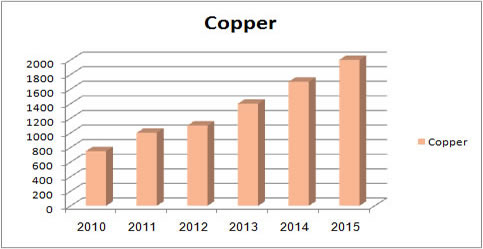-
Copper Wire:
With the technology of the up casting machine for copper wire with PLC system, copper wires with thickness 8-20 mm are produced according to customers' requirements with the best qualities through high quality control. Production is done through adding the raw material to the induction-melting furnace. Dry wood coal is added to absorb oxygen that can be found in the liquid. The liquid moves, then, to the induction-holding furnace. After the process of water cooling system, wire is drawn at a circle-moving wheel as the last stage
-
Copper ingots
With the use of rotary furnace, raw copper materials are recycled to reduce the unrequited elements and increase the copper purity controlled by the gun analyzer and spectrometers
-
Brass alloys
Induction furnace is the best method to produce brass alloys such as the different types of Cu/Zn alloys according to the clients' requirements.
Note: temperature control for all furnaces is followed up by using a thermo cable and temperature measure gun up to the degree of 1600C.
Standrad BS 1400 example;
